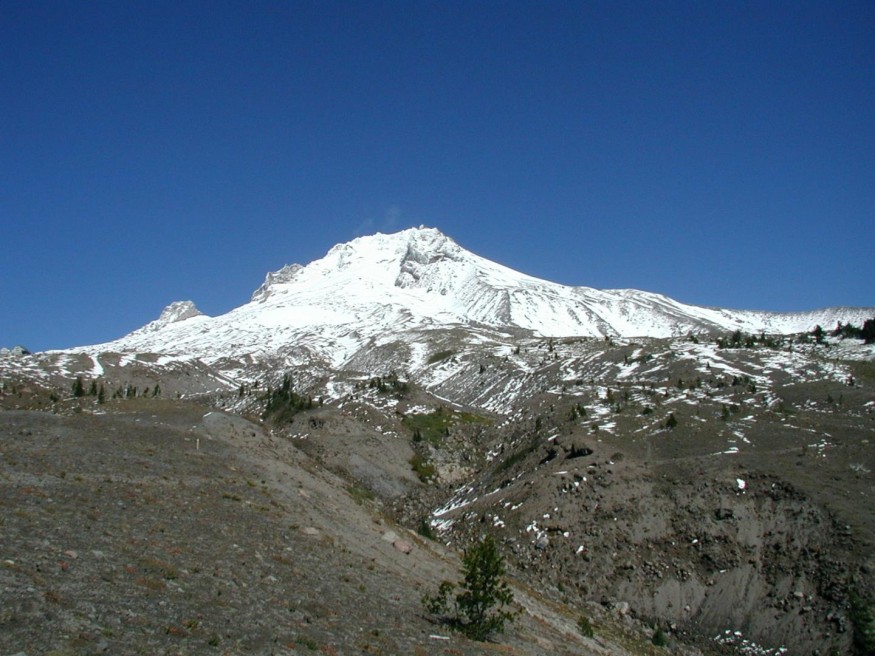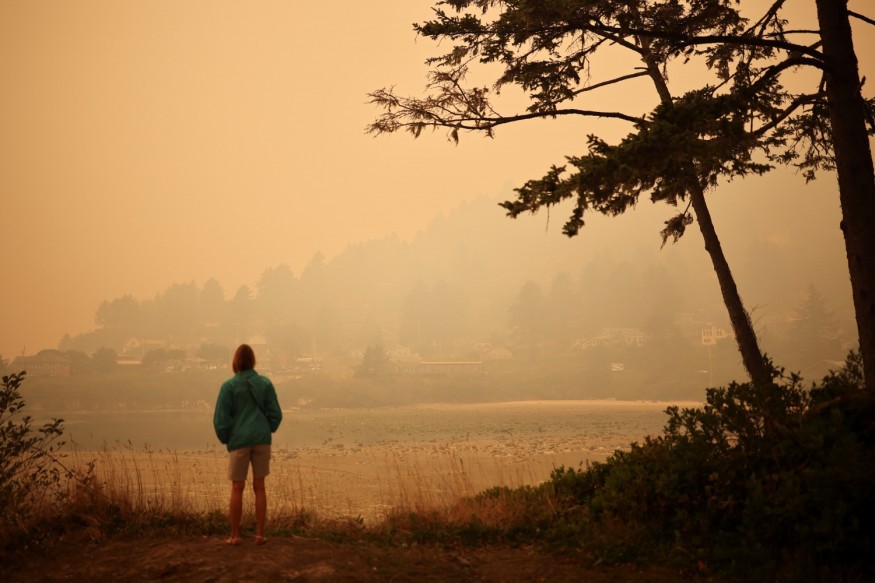More than 40 earthquakes, ranging in magnitude from 3.5 to 5.8, have jolted the Oregon coast, drawing the attention of millions of people in the area.

The sequence of quakes began early last week and were all located between 200 and 250 miles west of Newport, Oregon.
"If you had asked me yesterday where on Earth would be most likely to create several magnitude 5.0-plus quakes in a single day, this would have been top on my list," Harold Tobin, Director of the Pacific Northwest Seismic Network at the University of Washington, said in an interview with CNN.
According to Oregon State University, the Blanco Fracture Zone, which is more active than California's iconic San Andreas Fault, is to blame for the quakes.
At Least Nine Earthquakes

At least nine earthquakes with magnitudes of 5.0 to 5.8 occurred this week, with the majority occurring at depths of only 10 kilometers.
However, none resulted in a tsunami warning, according to the USGS. The National Tsunami Warning Center is a government-run organization that monitors and forecasts tsunamis.
Related Article : How Diamonds Are Helping Geologists Understand Superdeep Earthquakes
Nearby Fault
Although the region is one of the most earthquake-prone in North America, damaging quakes are rare due to the Blanco Fracture Zone, one of the most seismically active in the continent.
The fault is located around 275 miles west of the Oregon coast.
"Because Blanco Fracture zone quakes are strike-slip, or lateral motions of the crustal blocks on either side, rather than up-down displacement, they are highly unlikely to cause a tsunami," Tobin told CNN.
Since 1980, the Blanco Fracture Zone has had over 133 earthquakes of magnitude 5 or larger, none of which have been followed by an earthquake on land, according to seismologist Dr. Lucy Jones.
Though this week's quakes have sparked fears that the "big one" is on the way, Tobin emphasized that this is not necessarily the case.
"Although we've seen a surprising amount of magnitude 5.5-plus quakes in a short period of time," he noted, "it's not intrinsically scary, but rather seismologically intriguing."
Similar Swarm
A similar swarm of quakes struck near the Salton Sea in Southern California earlier this year, albeit not to the same magnitudes as this week's." Although we've seen a surprising amount of magnitude 5.5-plus quakes in a short period of time," he noted, "it's not intrinsically scary, but rather seismologically intriguing."
A similar swarm of quakes struck near the Salton Sea in Southern California earlier this year, albeit not to the same magnitudes as this week's.
Earthquake Swarms

Swarms of earthquakes are earthquake sequences that lack a distinct main shock. Swarms can linger for weeks and create tens of thousands of earthquakes in a limited area. In volcanic settings, hydrothermal systems, and other active geothermal locations, swarms have been seen.
"A swarm is just a gathering of earthquakes in time and place without requiring one single, major, noteworthy earthquake," Mike Stickney, head of the Montana Bureau of Mines and Geology's Earthquake Studies Office, noted.
Stickney thinks that capturing and monitoring swarms, no matter how little, could lead to future earthquake safety quake-prone areas especially those that have around 70 faults that might cause significant quakes.
Also Read : What Exactly Causes Mysterious Deep Earthquakes?
For similar news, don't forget to follow Nature World News!
© 2025 NatureWorldNews.com All rights reserved. Do not reproduce without permission.





